By Laura Lukes, UC Master Gardener of Butte County, August 24, 2018
Sideritis. It sounds like a medical condition, but it is actually the name of a plant genus known for its medicinal properties. And it is one of the latest additions to the UC Master Gardeners Demonstration Garden at the Patrick Ranch (10381 Midway, just south of Chico).
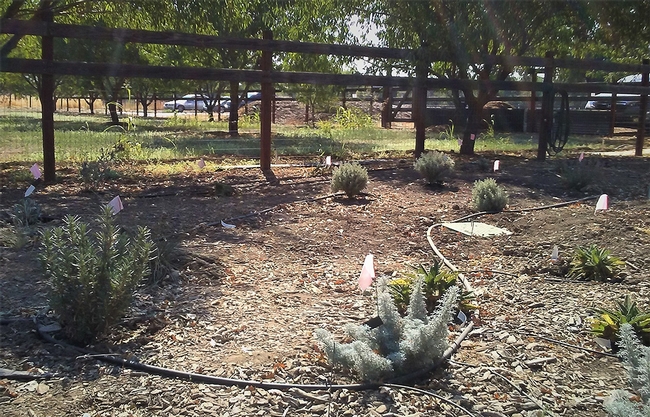
Ideally, Walther and his crew would have planted the varieties showcased in the Dry Garden in mid- to late-October 2017. Fall and winter rains alone would establish the plants and no further supplemental irrigation would be required. But due to the delayed planting schedule, the Dry Garden is receiving some supplemental water this season. Once the rains come (usually just after Halloween), the array of plants in the Dry Garden will be left to their own devices to survive our valley summers.
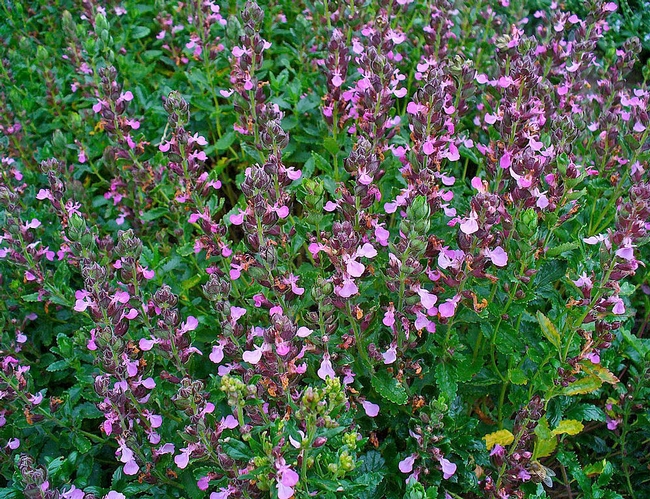
Walther chose about twenty species of plants for their beauty and their hardiness (see sidebar for a complete list). Among the usual Mediterranean suspects such as Santolina, several species of Phlomis, and Teucrium chamaedrys, there's a new kid in town: Sideritis cypria.
Sideritis is a little toughie that exhibits a number of desirable qualities. It is strikingly beautiful; wind and deer resistant; evergreen (with interesting foliage year-round and contrasting flower spikes in summer); can take full sun and heat; and prefers to be dry all through the summer.
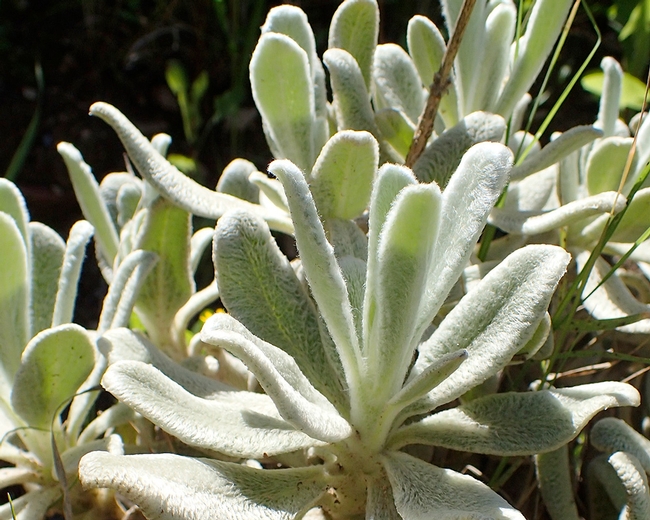
The suffix “wort” comes from a Middle English word (wyrt) for root, and nowadays indicates a plant that has been historically used for food or medicinal purposes. According to Oliveology, an online resource devoted to “sharing and enjoying the culinary treasures and gastronomic traditions of Greece,” Sideritis was well known to ancient Greeks, particularly to the pharmacologist/ botanist Dioscurides, the philosopher Theophrastus, and to Hippocrates. A number of sources note that in ancient Greece it was commonly used to treat wounds, especially those inflicted with iron swords or arrows.
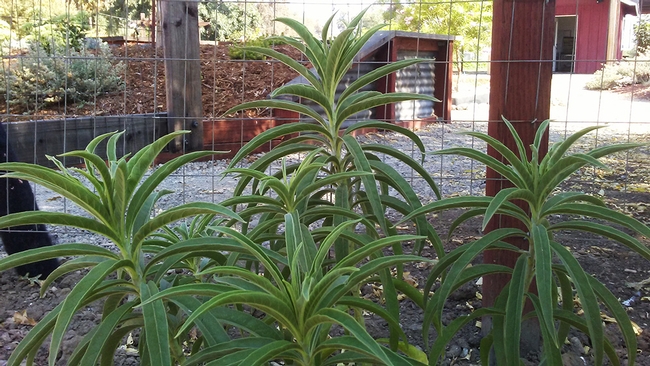
In 2011, the Journal of Ethnopharmacology published findings that Sideritis species were shown to have anti-microbial, anti-inflammatory, antioxidant, and antispasmodic properties. A 2012 publication of the Journal of Physiology and Pharmacology noted that extracts made from Sideritis helped lower blood pressure levels while helping blood vessels to relax. You may have heard of Sideritis in one of its common medicinal forms: Greek Mountain Tea, Shephard's Tea, or just plain old Mountain Tea.
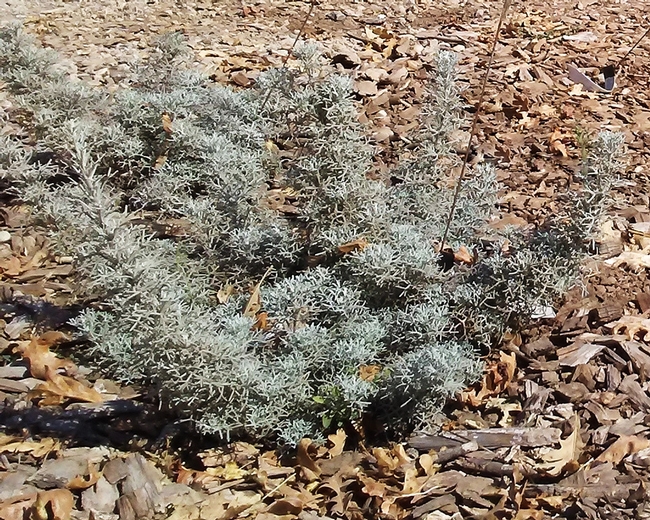
You can find Cyprus ironwort and many of the plants featured in the Dry Garden at local nurseries which specialize in California and Mediterranean natives. These plants epitomize the premise upon which the Master Gardener Demonstration Garden is based: The New California Garden: Beautiful; Sustainable; Functional. And no additional water required!
Note: For more information about the Master Gardener Program and the Demonstration Garden, please visit http://ucanr.edu/sites/bcmg/ . Garden questions can be directed to the Hotline at 530-538-7201.
Plants in the Dry Garden at the Master Gardeners Demonstration Garden at Patrick Ranch
|
Genus |
Species |
Common Name |
|
Artemesia |
schmidtiana |
Silvermound, wormwort |
|
Helianthus |
maximilianii |
Maximilian sunflower |
|
Helichrysum |
Strawberries and cream |
|
|
Iris |
douglasiana |
Douglas iris |
|
Melianthus |
major |
Honey bush |
|
Muhlenbergia |
rigens |
Deer grass |
|
Phlomis |
fruticosa |
Jerusalem sage |
|
Phlomis |
russeliana |
Jerusalem sage |
|
Phlomis |
purpurea |
Purple phlomis |
|
Phlomis |
samia |
Greek Jerusalem sage |
|
Romneya |
coulteri |
Coulter's Matalija Poppy, California tree poppy |
|
Salvia |
canariensis |
Canary Island sage |
|
Salvia |
spathacea |
Hummingbird sage, pitcher sage |
|
Santolina |
chamaecyparissus |
Lavender cotton |
|
Santolina |
pinnata |
Rosemary leaved lavender cotton |
|
Scutellaria |
suffretescens |
Mexican skullcap, pink Texas skullcap |
|
Stipa |
gigantea |
Giant feather grass |
|
Teucrium |
chamaedrys |
Wall germander |
|
Teucrium |
fruticans |
Bush germander |
|
Trichostema |
lanatum |
Wooly blue curls |